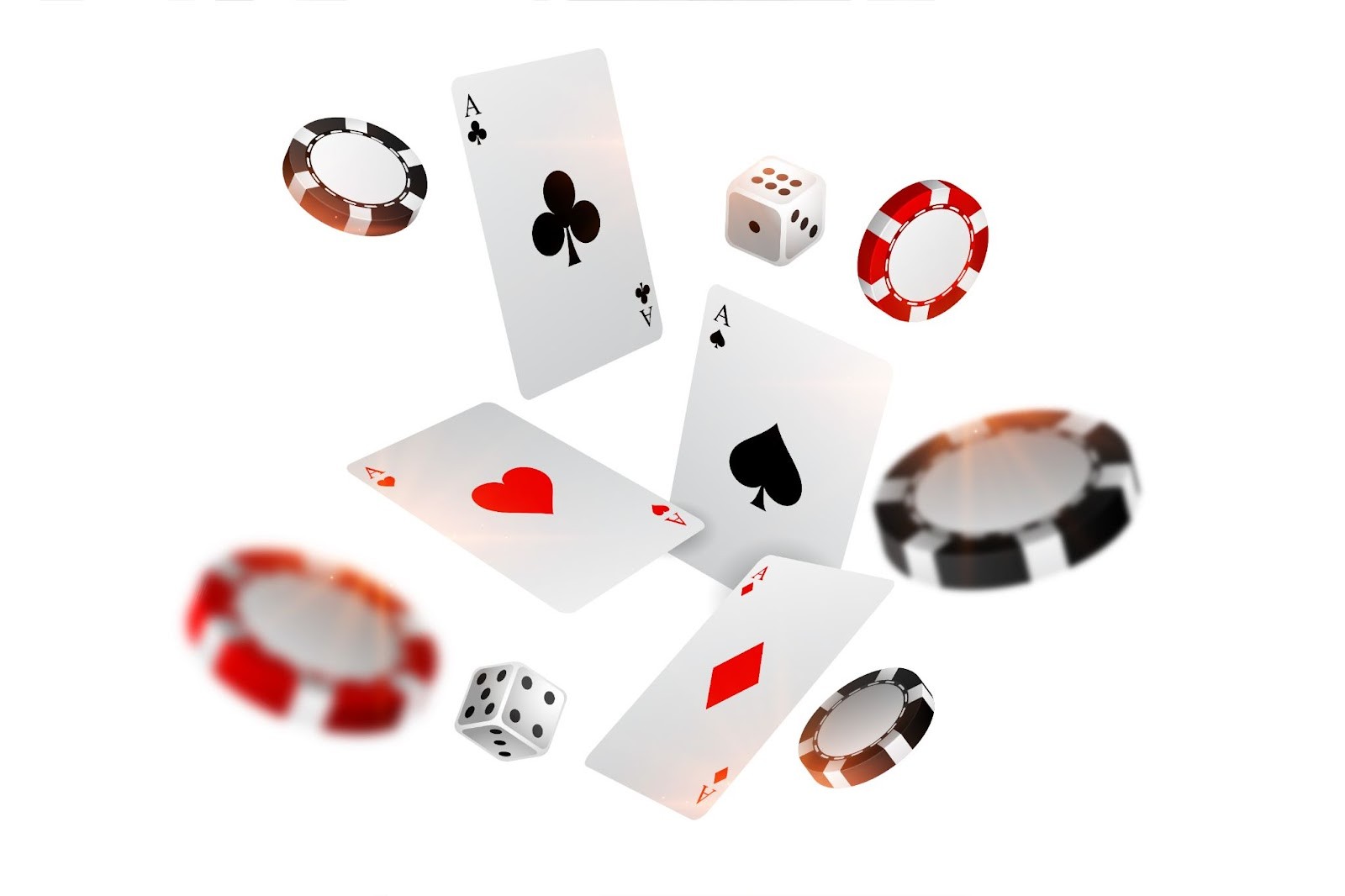
Introduction
Tournament poker rewards sharp decisions over blind luck. I know a solid framework turns gut calls into predictable wins. Treat each event like a lab experiment and you’ll spot edges that others miss.
Strategic Foundations
Understanding game theory optimal ranges gives you an unshakable base. On many platforms, including the best crypto casino sites, I’ve seen grinders test these concepts in real time. I guarantee that blending solid theory with real hands feels like upgrading from a pushbike to a superbike. You’ll leave opponents wondering what just hit them.
Risk Calibration with ICM
As the field shrinks, chip equity shifts under your feet. Misreading bubble pressure can wipe out big stacks. Top players adjust shove and call thresholds with precise calculations:
- Narrow calling ranges when facing short-stack aggression
- Broaden shoves as pay jumps steepen with medium stacks
- Defend the big blind more often when opponents play too tight
Mix those tweaks into your game and you’ll turn chips into real cash more often than not.

ROI Tracking and Volume Control
Return on investment is the scoreboard that really matters. I aim for a 15 to 30 percent ROI once I clear three thousand events. Hitting 15 percent ROI over that many tournaments nets roughly three hundred units per thousand buy-ins. Monitoring ROI across different stack depths and payout structures helps me spot leaks before they drain my bankroll.
Handling Variance with Confidence
Even perfect play can lead to brutal swings. Simulations show two players, each posting 20 percent ROI, can end up tens of thousands apart over two thousand tournaments just from standard deviation. I treat downswings as data points not disasters. I chart my bankroll curve weekly so I can adjust when variance veers off the expected path.
Targeted Study Sprints
Broad study sessions waste time. I break my learning into focused sprints that target one concept per week:
- Week one I drill three-bet cold calls
- Week two I sharpen squeeze play timing
- Week three I master bubble-time adjustments
This method keeps me on track and stops analysis paralysis cold.

Building Mental Toughness
Tilt costs more chips than any bad decision. I log my emotional state after each session and note what triggered a slip. Breathing exercises and brief breaks help me reset. I consider this mental training as important as any table tactic. Once you lock down your mindset, you play every hand with clear vision.
Live Table Exploits
Solvers give us a baseline, but real tables demand reads. I watch timing tells and adjust bet sizes to keep opponents guessing. Quiet aggression pays off more than flashy plays. When I blend solid ranges with spot-on exploits, I disappear until I strike.
Leveraging Analytics Tools
Real-time HUDs and hand-history databases speed up feedback loops. I tag opponent tendencies and uncover range imbalances in hours instead of days. This tech feels like having a personal data team refining my game around the clock.
Practical Bankroll Management
Consistent profit demands more than table tactics, as smart bankroll policies keep you in the game. I allocate only a small slice of my roll to any single buy-in, so a downswing never forces an exit. I track peak and valley balances to know when to tighten stakes or ramp up volume. Clear stop-loss thresholds keep emotions from hijacking my decisions. Treat your bankroll like a business account: every entry becomes an investment, not a gamble.
Conclusion
Tournament poker has evolved into a skill crafted by small edges. Nail GTO fundamentals, use ICM math with finesse, track your ROI, embrace variance, focus your study, lock in your mindset, and wield analytics tools. With that toolkit, your next deep run will feel less like luck and more like a masterstroke. Good luck at the tables.
